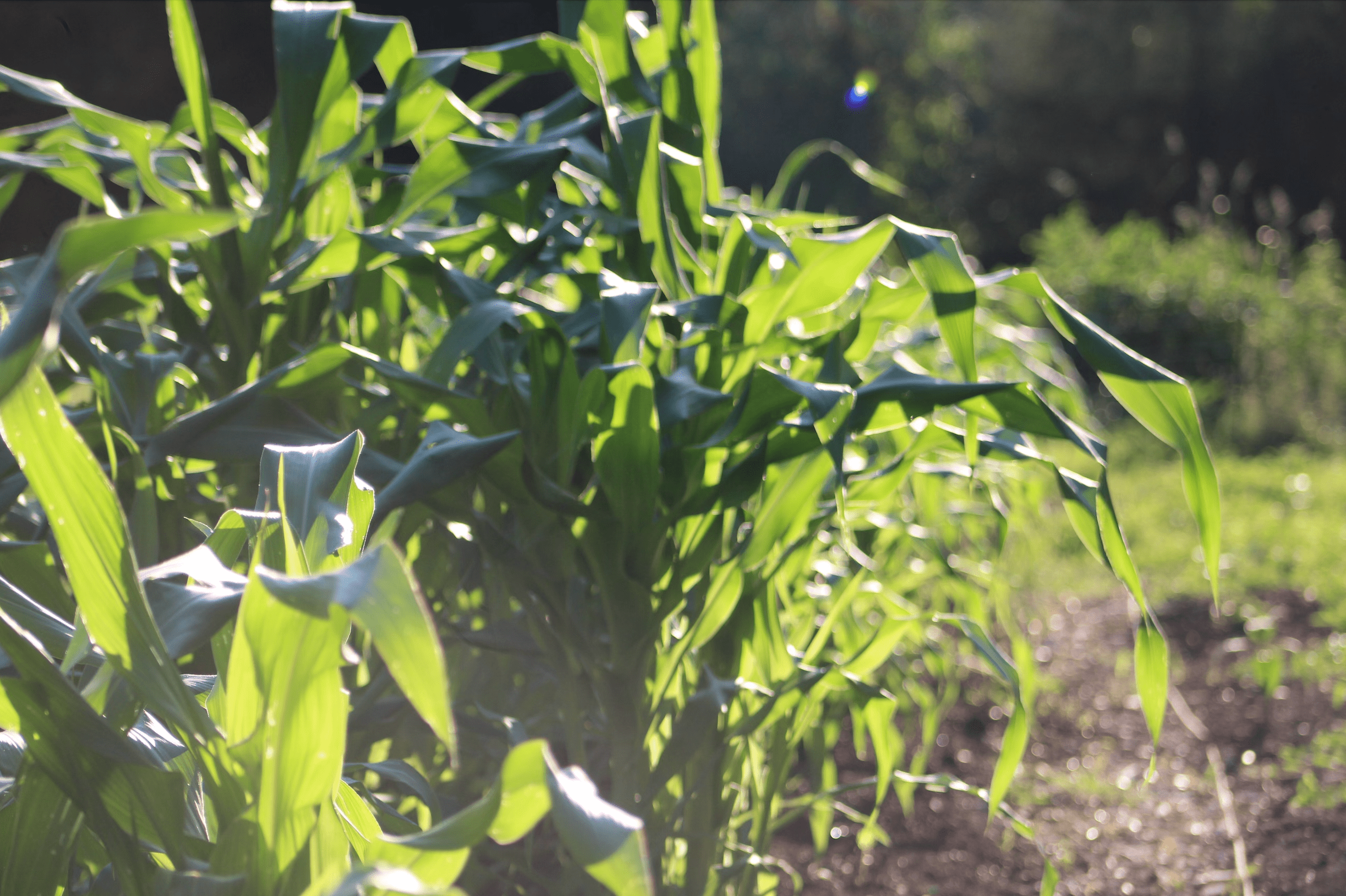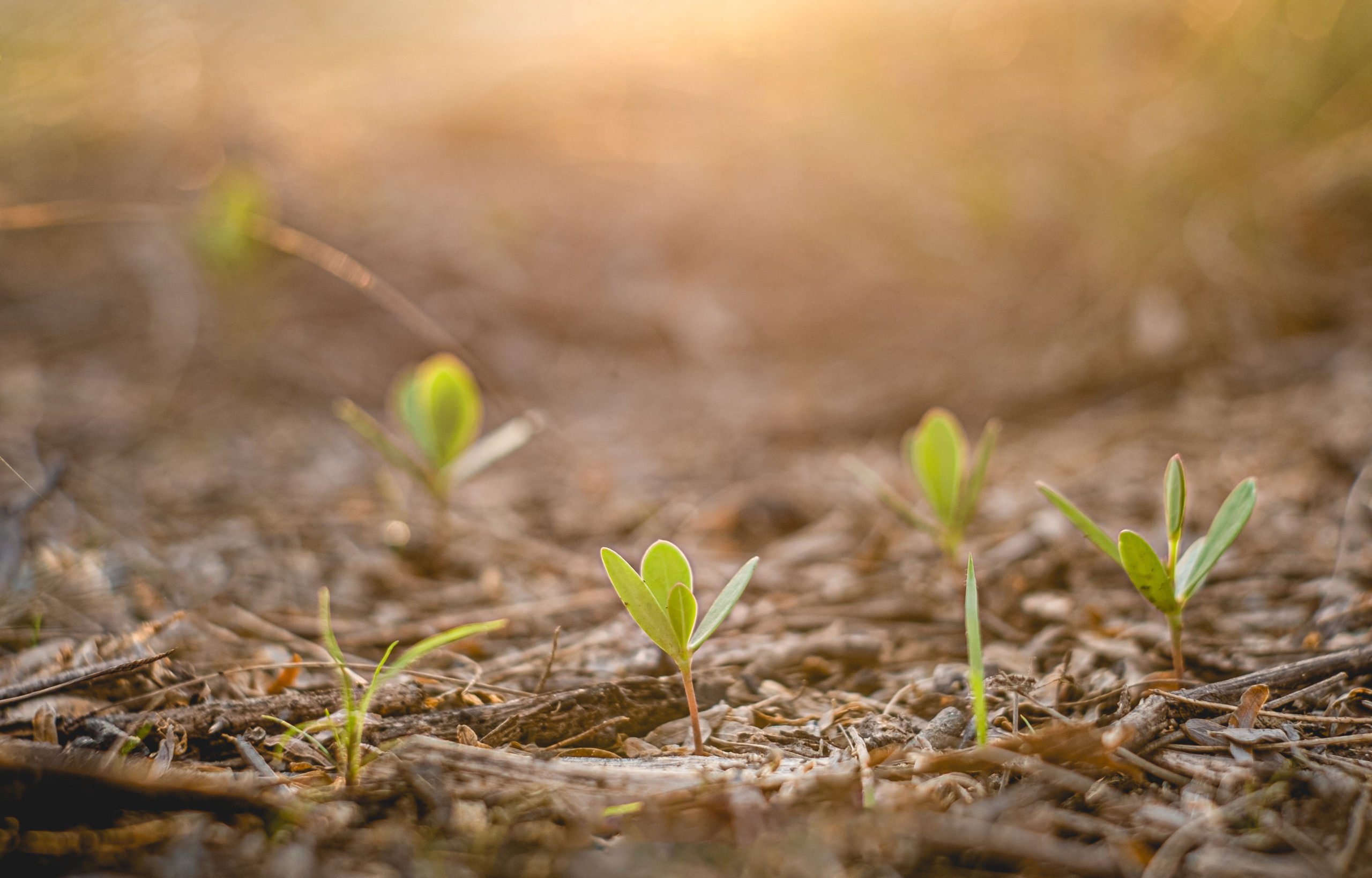The future of every farm and ranch is uncertain. Drought, erosion, price fluctuation and other factors make farming a particularly precarious path to take. An entire generation of farmers, whose hard work and tireless devotion lifted us to this precipice, are aging, retiring and leaving the land. Planning for a future where the land lives on without them is essential in ensuring who the land is left to, and to what fate.
Jessica Schley was 10 years-old when she first realized that the future of her family’s California ranch was not secure. Her grandmother, Viola Hansen had settled there in the late 1930s and was one of the pioneering ranchers who brought the Charolais cattle breed to the United States. She was widowed during World War II, and raised four boys on her own along with the legacy of the Broken Arrow brand of cattle, which used traditional French breeding throughout the West. She remarried and had one more boy.
The Santa Ynez Valley was a different place then, and ranching did not run through the blood of all of Viola’s five sons. Wolcott Schley was the only son to choose the ranching life, Jessica said of her father, who raised her along with her mother, Teona on the family’s Hansen and Schley Ranch. Though primarily a horse farmer, Wolcott raised cattle as well.
Ten year-old Jessica also wanted to live the life of a rancher. “It became kind of an obsession of mine (to save the ranch),” she said about her pursuit to follow her grandmother’s footsteps. She knew that the Hansen and Schley Ranch would be divided into five pieces, one for each of Viola’s sons. With the ranch sitting on some of the highest valued land in the country, the property was far from secure. Her passion fueled her to pursue and receive a degree in Land Conservation Policy at The University of California at Berkeley. “I thought if I had some expertise on conservation issues, my family would listen to me,” she said of her efforts.
As it turns out, her expertise was not able to keep the ranch in the family. She detailed efforts she made to talk with local land trusts as well as her family about putting conservation easements on the land. “They didn’t want to make that change.”
Although Viola’s will had stated that the ranch be split into 5 pieces, the matter was complicated when one of the sons passed away and strict county zoning laws changed. Each portion of the ranch was sold over the course of 14 years. The last piece of the ranch was sold in 2012.
Losing the land has not stopped Jessica’s ambitions. She inherited the Broken Arrow brand, and she is determined to keep her grandmother’s legacy alive.
Her vision is to find land to re-establish a 200 head herd of Charolais cattle. The plan is to raise the herd as non-traditional grass-fed beef. She has taken business courses to plan and evaluate the venture and is ready to begin, but she still needs the land. The operation will need between 600 and 1000 acres of land. Jessica is determined to stay in California and raise the cattle in the same region as her grandmother, but needs help with land access.
An operation like the one she has planned would have a profit of around $50,000 annually, in a good year. To buy land? “I’d need $10 million just to get a foot in the door,” she estimates. There are land trusts in the area who could help with conservation, like the Land Trust for Santa Barbara County and the California Cattleman’s Rangeland Trust. “There’s not a whole lot of funding (for both groups),” Jessica said, and added that the county trust focuses on coastal land and public green space.
Much of the land in the county that is used for cattle is accessed through short-term leases, which makes it hard to find quality rangeland. “The land gets abused for a quick profit,” Jessica lamented.
Investment in long-term sustainable businesses, like Jessica’s plan, is necessary for a secure food future. If you can help Broken Arrow Enterprises, contact us.





